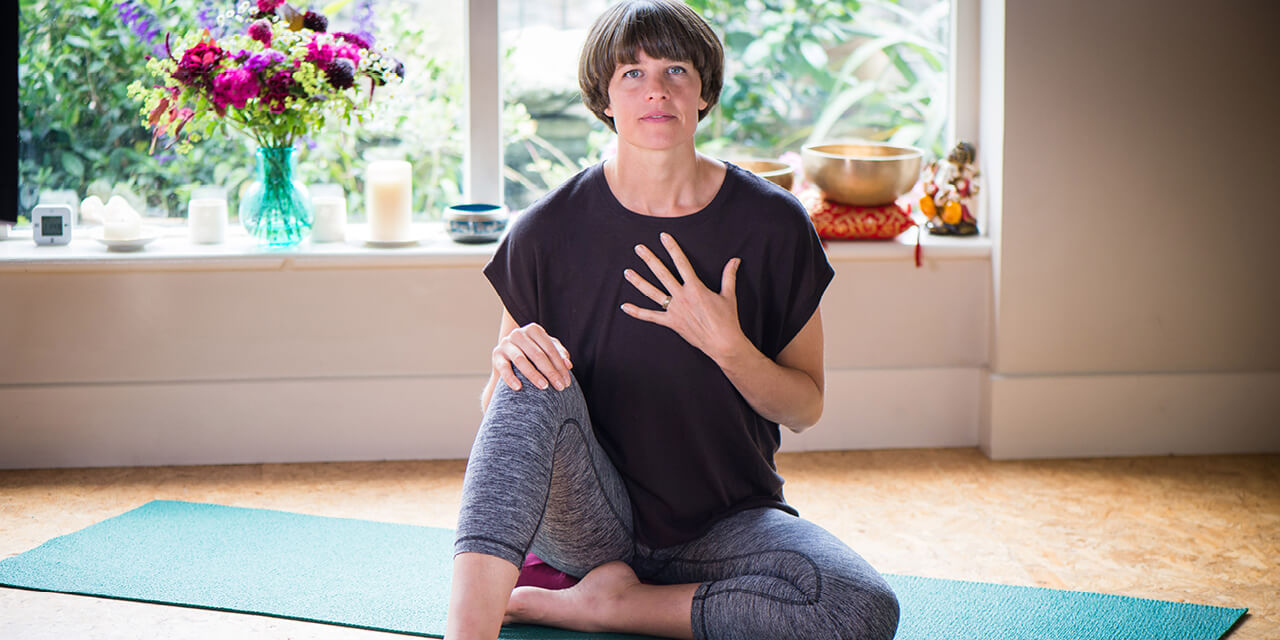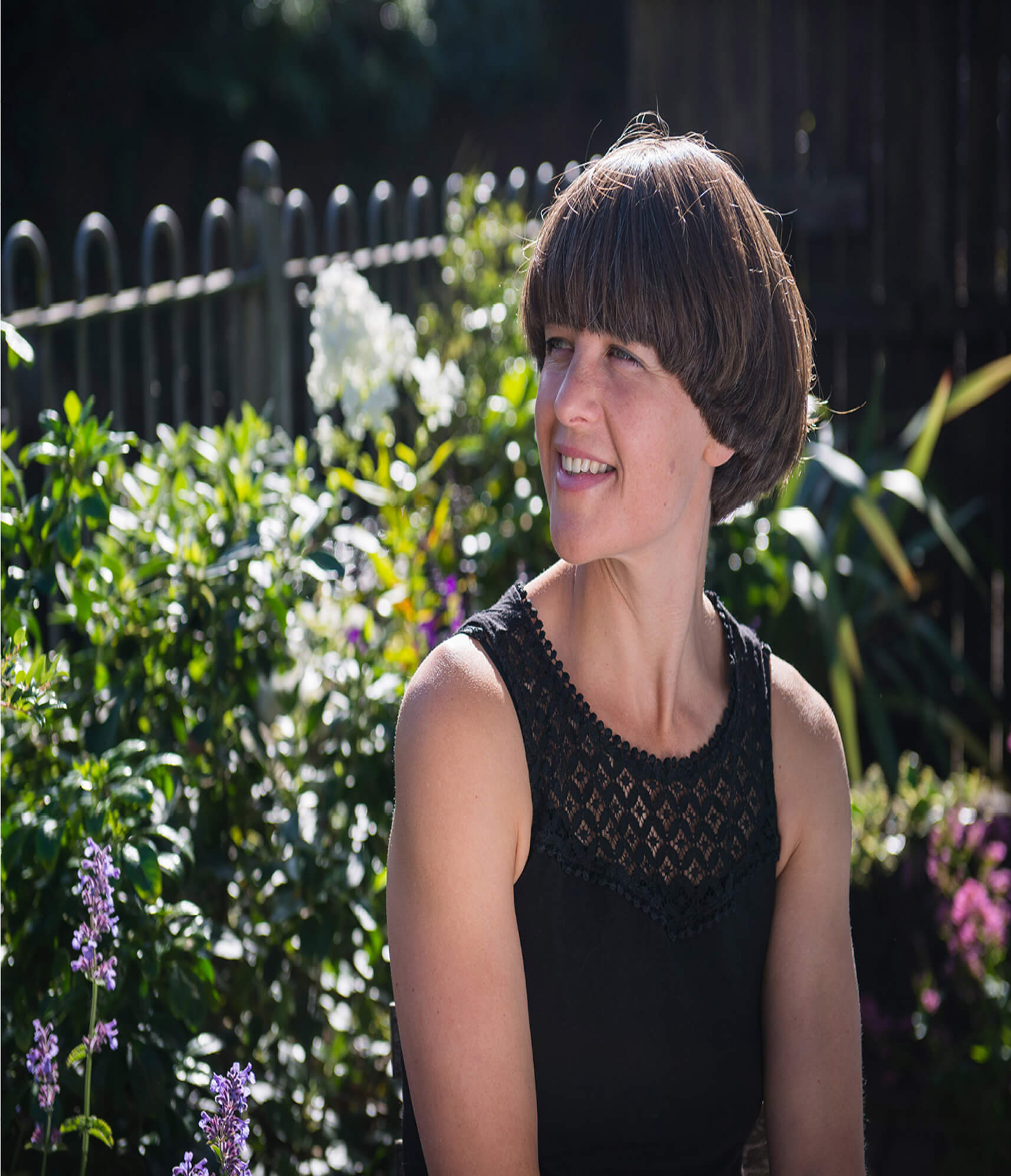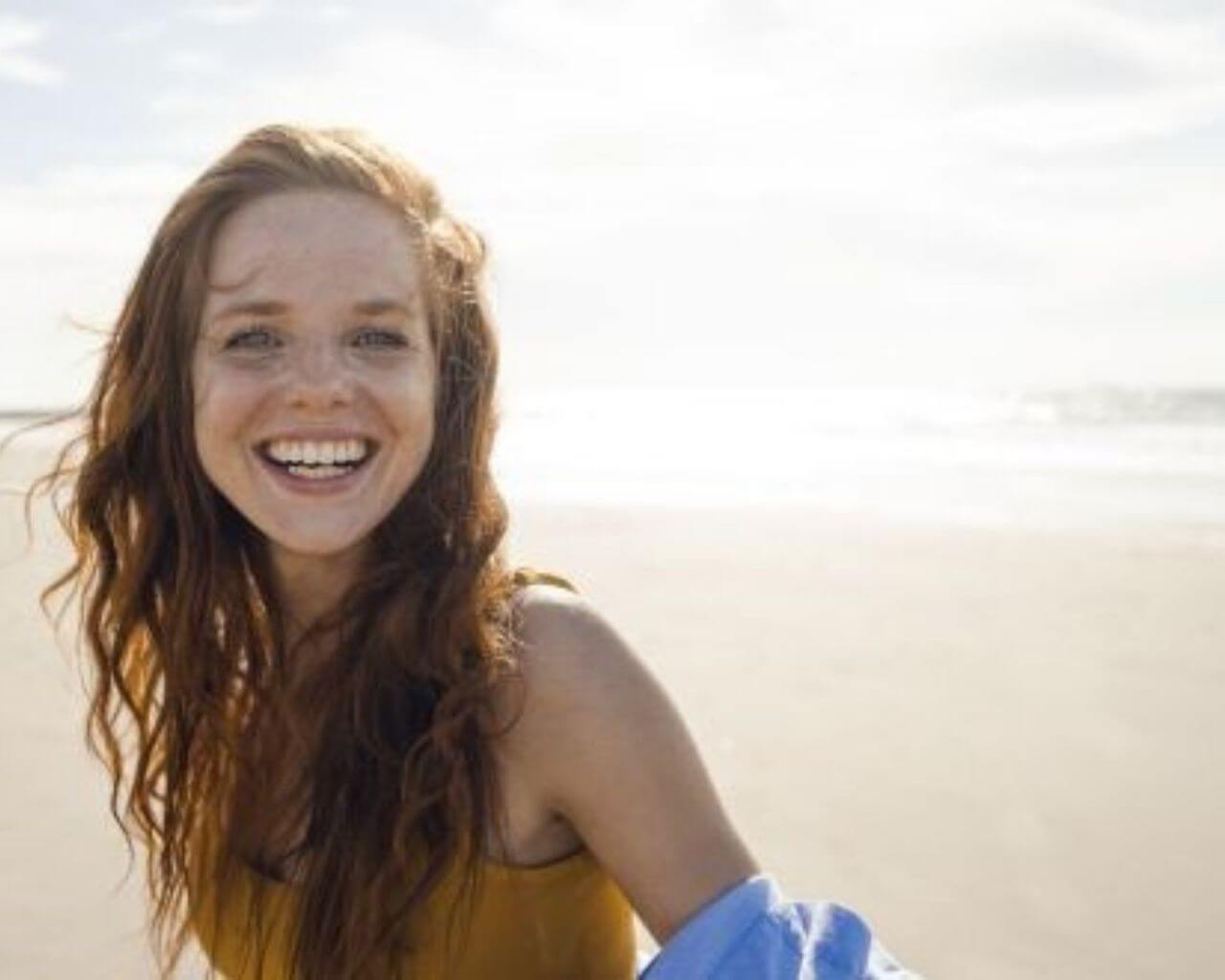Learn how to understand and cope with anxiety.
Fear is a natural reaction in our system that is designed to be lifesaving but anxiety can be life destroying. Learn how yoga can help you cope with anxiety. Focusing on the internal sensations in your body is called Interception. As you read this... feel the sensation of your hands and what they are touching....can you also notice where your feet are and if there are any sensations in your legs? This, focusing on feelings, Interception, is an essential part of a yoga practice. It's this process, the practice of noticing and getting used to physical sensations that can help you to deal with an all-powerful and very controlling feeling. Fear.
Fear is a natural and essential reaction in our system that is designed to be lifesaving. But, if we become afraid of the unpleasant sensations that are associated with fear, we develop anxiety which can be life destroying.
Essentially anxiety is the fear of feeling afraid. We can't avoid feeling fear, it's an essential part of life, however challenging. Trying to control your fears or trying to avoid fear inducing situations creates anxiety, as you just become more and more afraid of fear itself.
So, the way to reduce anxiety is to actually do the opposite to what you might think. When we get anxious we try to get away from what's causing us stress, the automatic response is to run and hide, shut down and shield yourself from everything stressful. But in fact to get on top of anxiety you need to actually get closer to your fears and learn to tolerate the sensations in your body when you feel afraid. Building your tolerance to the uncomfortable feelings associated with fear, will mean that you have no fear of them, meaning no anxiety.
Your breath is an essential tool in doing this, as it will support and guide you. By focusing on your breath you will draw your attention into your body which is where anxiety lives.
Because fear and anxiety are produced in parts of the brain that control automatic and unconscious reaction, trying to think your way out of a panic attack will never work. Your logical brain, the upper left side, works totally separately and has no control over the unconscious lower areas of the brain. However, your breath can access the lower areas which is where the anxiety is.
So focusing on slow deep breaths and the feelings happening inside your body is the key. The next time you are worried or have anxious thoughts, follow these simple steps and with a bit of practice you will find that the sensations do pass, and you can tolerate them and the thoughts too.
Notice the feelings in your body. You might have a churning stomach, or a racing heart.
Slow down your breathing and see if you can tolerate the feelings in your body, focus less on your thoughts and more on the physical sensations, keep telling yourself that these are just sensations, that they will pass, and that you don't have to do anything, but just breathe.
The problems won't just go away, but you won't have to run away from them either. With the help of your breath they will just seem a bit smaller and way more manageable.
Jessica's blog posts are published the first week of every month. There's more information on mental health week here. For more information on our health and wellness programmes for businesses visit here.







